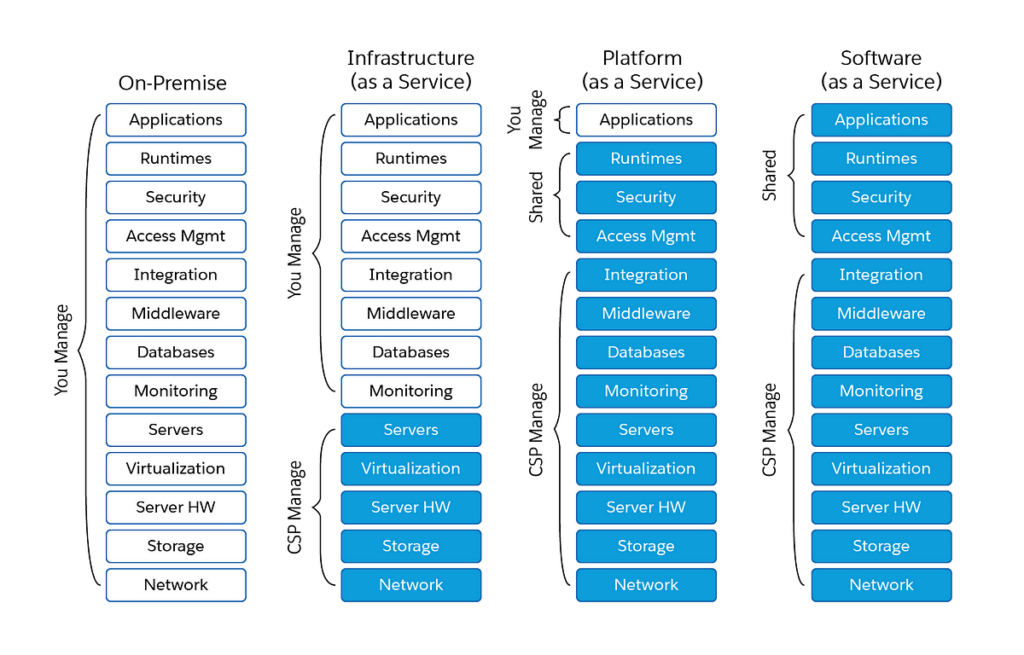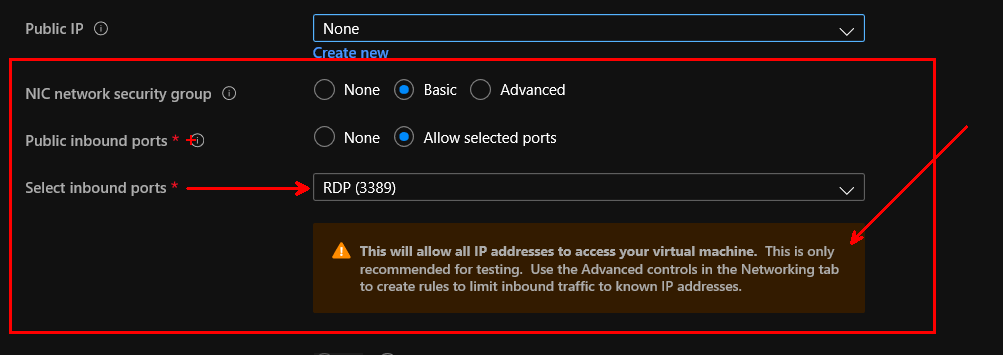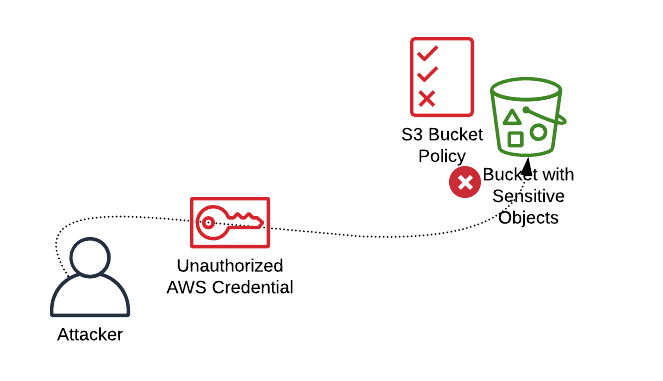Introduction
When it comes to cloud security, one cannot help but ponder: Is the cloud truly secure? Is it not secure at all? Or perhaps, it resides somewhere in between, in a realm of uncertainty? These questions loom over us, reminiscent of the enigmatic Schrödinger’s cat experiment. In that thought-provoking scenario, a cat is placed in a closed box with an uncertain fate, much like the cloud’s security. Only by opening the box can we unravel the truth, shedding light on the cloud’s vulnerabilities and comprehending what it truly means to have a secure cloud.
In this article, we embark on a journey to answer these pressing questions and demystify the concept of a secure cloud. We will delve into the inner workings of the cloud, dissecting its intricacies, and exploring potential vulnerabilities that may “poison” its security. By doing so, we aim to bring clarity to this cloud of uncertainty and equip you with a comprehensive understanding of cloud security.
So, let us open the box and embark on an enlightening exploration of the cloud’s security landscape.

Background of Shared Responsibility Model
Cloud service providers, including Microsoft Azure, Amazon Web Services, and Google Cloud Platform, place immense effort into building trust with their customers and clients. Their primary focus is to incentivize users to embrace their services by continuously enhancing various aspects such as diversity, reliability, ease of use, and most importantly, Security.
To achieve these objectives, a framework known as the “Shared Responsibility Model” has been devised to optimize the “Customer-Cloud Provider” relationship. Let us explore this model and its implications in simpler terms.

What is the Shared Responsibility Model
In the context of cloud services like Microsoft Azure, the shared responsibility model defines the respective roles and obligations of both Cloud Providers and Customers in securing their cloud resources. Consider Azure Virtual Machines as an example service provided by Microsoft Azure. This service enables users to deploy virtual machines seamlessly. Within the shared responsibility model, Microsoft Azure takes the responsibility of securing the infrastructure that powers these virtual machines, encompassing the servers and physical infrastructure.
Microsoft Shared Responsibility Model Example
However, customers also bear significant responsibilities when it comes to securing their virtual machines. Configuration and management of these machines lie within the customers’ domain. For instance, if customers fail to address open ports exposed to the public, it becomes their responsibility to rectify the issue, rather than shifting the burden to Microsoft. By understanding and fulfilling these individual responsibilities, customers actively contribute to the overall security of their cloud resources.

AWS Shared Responsibility Model Example
Another notable example in the realm of cloud services is AWS S3 buckets provided by Amazon Web Services. This service offers users a storage solution for blob files, encompassing Binary Large Objects like images and videos. Within this context, Amazon takes the responsibility of securing the underlying infrastructure and ensuring encryption at rest for these files. However, it is crucial to understand that the management of access to these files lies squarely within the purview of the customer.
Customers are entrusted with the task of granting appropriate access permissions to authorized users. If, regrettably, access permissions are mistakenly granted to unauthorized individuals, it becomes the customer’s responsibility to rectify the situation. By diligently managing access controls and permissions, customers can safeguard their data from potential breaches or unauthorized usage.

Google Cloud Platform Shared Responsibility Model Example
Another remarkable example within the realm of cloud services is the Secret Manager offered by the Google Cloud Platform. This service serves as a secure and convenient storage system for sensitive data such as API keys, passwords, and certificates. With Secret Manager, users can manage, access, and audit secrets in a centralized manner, ensuring a single source of truth across the Google Cloud environment.
Within this framework, Google assumes the responsibility for encryption at rest and the overall security of the infrastructure hosting these secrets, including data centers and networks. This ensures that the stored secrets remain safeguarded against unauthorized access or breaches.
On the other hand, customers bear the critical responsibility of accessing, managing, rotating, and revoking access to these secrets. If, by chance, a customer accidentally exposes secrets or API keys, it becomes their immediate responsibility to promptly revoke access and generate new API keys to prevent any potential misuse.

The Shared Responsibility Model In a nutshell
The shared responsibility model stands as a fundamental framework for cloud security. It acknowledges the joint effort required between cloud service providers and customers to create a secure environment. By clearly delineating the roles and responsibilities of each party, the model promotes transparency, accountability, and collaboration.
Cloud service providers invest significant resources in fortifying the underlying infrastructure, implementing encryption, and ensuring the overall reliability and availability of their services. They assume the responsibility for securing the physical infrastructure, network, and data centers. This ensures a solid foundation for customers to build upon and trust in the security measures implemented by the providers.
On the other hand, customers play a crucial role in configuring, managing, and safeguarding their specific cloud resources. This includes implementing proper access controls, managing permissions, monitoring suspicious activities, and promptly addressing any vulnerabilities within their applications or virtual machines. By actively engaging in these tasks, customers contribute to the overall security posture of their cloud deployments.
Conclusion
The shared responsibility model fosters a collaborative approach where both providers and customers work together towards a common goal: maintaining a secure cloud environment. It empowers customers to have a sense of control and ownership over their data and resources while leveraging the expertise and infrastructure provided by the cloud service providers.
Ultimately, the success of the shared responsibility model lies in effective communication, understanding, and adherence to the defined roles and responsibilities. As the cloud landscape continues to evolve and new threats emerge, the shared responsibility model serves as a guiding principle for ensuring robust security and mitigating risks in the cloud. By embracing this model, organizations can confidently embrace cloud services, knowing that security is a shared commitment between them and their trusted cloud providers.

